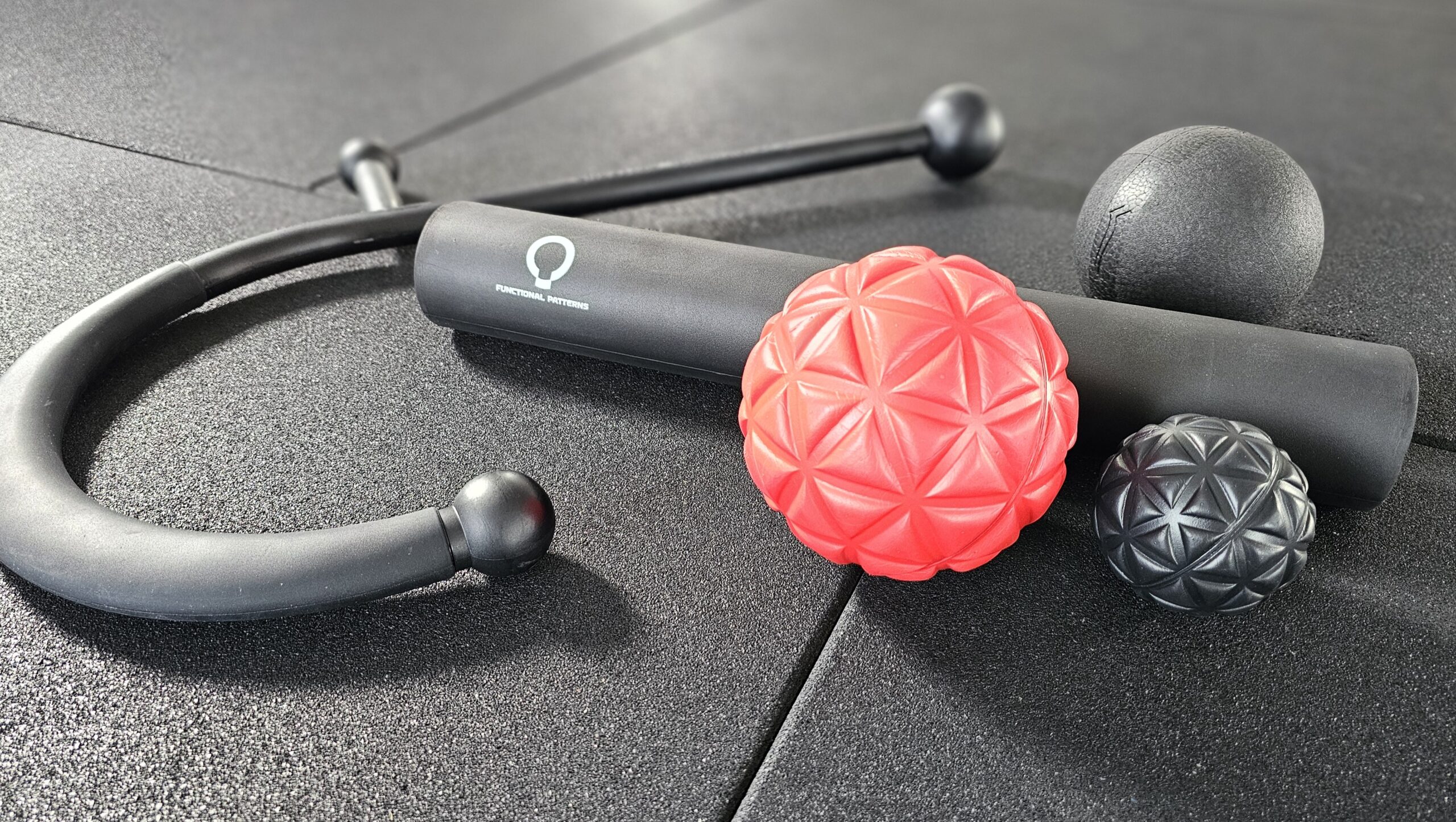
17 Mar What is Self-Myofascial Release?
What is Fascia? Fascia is a sheath of connective tissue that covers absolutely everything in our body. It separates parts of our body into pockets, and supports muscles, tendons, ligaments and organs. More recently, it has been given recognition as being hugely important in terms of how the body functions. Not only does it provide structural support and give our brain vital information about the forces the body is subject too, it also regulates chemical and hormonal changes throughout the body.
What is myofascial release and why is it important?
Myofascial release is the process of releasing or breaking up adhesions found in the layers between the muscle and fascia (myofascia). As we age our tissues naturally start to dehydrate, but moving poorly can accelerate this process in certain areas of the body that are subject to excess compression or instability.
When this happens, our body creates what are often referred to as “knots” in-between the layers of muscle and fascia. I reality, it is more accurate to say that these are areas of dehydration that create sticking points in areas that need more hydration and lubrication in order to have ease of movement.
Let’s take something like puff pastry as an example. When well cooked, there is nice space between the layers, but when uncooked or half cooked some of the layers stick together. This analogy can be helpful when trying to understand the relationship between these layers.
Our aim when doing MFR is to hydrate these areas and prime muscles so that they can function better when we go to use them. People generally report feeling “looser” or “lighter” having done it, but it’s important to know that the main mechanism at play is hydration. Even though this doesn’t automatically solve movement issues, it can give a very potent therapeutic benefit when done well.
How to we do it?
We use a host of different tools like foam rollers and balls of different sizes to teach our clients how utilize these techniques for themselves. We can apply this concept all over the body depending on where it’s needed, and clients can quickly become there own message therapist when they understand how to use these tools properly and with good technique.